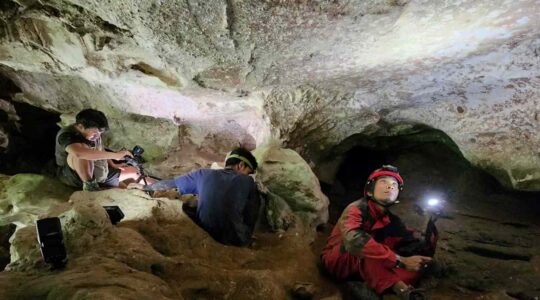A vast majority of Registered Training Organisations have no AI strategy, despite most believing artificial intelligence will have a large impact on their businesses, according to a recent survey.
The latest Voice of Vet survey of more than 270 Australian Vocational Education Training (VET) providers revealed digital strategies continued to increase in importance with both cyber security and artificial intelligence becoming critical considerations for providers.
Eighty percent of survey respondents said their Registered Training Organisation (RTO) had no AI strategy in place. However, most saw AI as an opportunity, rather than a threat, especially for course content, course management, and student experience.
Half confirmed they had a digital transformation strategy and most felt they were protected against cyberattacks, with good mitigation strategies in place.
The survey, conducted by ReadyTech and Interface Research & Strategy, aimed to analyse key business indicators and views across the RTO market, to gain a clear picture of present trends, and an outlook for the sector’s future.
The survey, now in its fifth year, noted a slight drop in average student numbers per RTO from the 2022 peak of 896, to 875 last year.
More than a third of RTOs experienced a lift in revenue in 2023, compared to just under a third in 2022, with 80 percent believing revenues would increase or stay the same in 2024.
Driven by COVID restrictions, online training in 2021 and 2022 was provided by three quarters of the RTOs surveyed, which remained the case in 2023.
Classroom training returned to pre-COVID levels in 2022, and increased again last year, while workplace training continued to be provided by around two thirds of RTOs.
Around half of the RTOs surveyed reported increasing demand for Accredited Short Courses (53%) and for Non-Accredited Short Courses (47%), while decreasing demand was most evident for Traineeships (20%), Apprenticeships (11%), and Non-Accredited Long Courses (11%).








